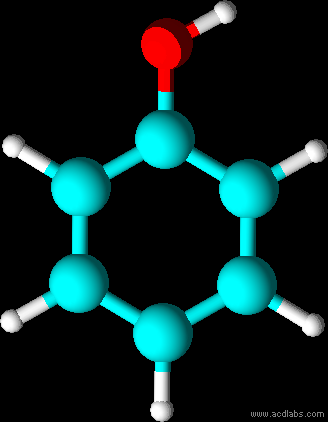Polyphenols are among the most important, and certainly the most numerous, phytochemicals present in the plant kingdom.
Currently, over 8,000 phenolic structures have been identified, of which more than 4,000 belonging to the class of flavonoids, and several hundred occur in edible plants.
However, it is thought that the total content of polyphenols in plants is underestimated as many of the phenolic compounds present in fruits, vegetables and derivatives have not yet been identified, escaping the methods and techniques of analysis used, and the composition in polyphenols for most fruits and some varieties of cereals is not yet known.
They are present in many edible plants, both for men and animals, and it is thought to be their presence, along with that of other molecules such as carotenoids, vitamin C or vitamin E, the responsible for the healthy effects of fruits and vegetables.
In the human diet, they are the most abundant natural antioxidants, and the main sources are fruits, vegetables, whole grains, but also other types of foods and beverages derived from them, such as red wine, rich in resveratrol, the extra virgin olive oil, rich in hydroxytyrosol, chocolate or tea, in particularly green tea, rich in epigallocatechin gallate or EGCG.
Contents
- Chemical structure
- Classification
- Variability of polyphenol content of plants and plant products
- References
Chemical structure
The term polyphenols refers to a wide variety of molecules that can be divided into many subclasses, subdivisions that can be made on the basis of their origin, biological function, or chemical structure.
Chemically, they are compounds with structural phenolic features, which can be associated with different organic acids and carbohydrates.

In plants, the most part of them are linked to sugars, and therefore they are in the form of glycosides. Carbohydrates and organic acids can be bound in different positions on polyphenol skeletons.
Among polyphenols, there are simple molecules, such as phenolic acids, or complex structures such as proanthocyanidins, that are highly polymerized molecules.
Classification
They can be classified into different classes, according to the number of phenolic rings in their structure, the structural elements that bind these rings each others, and the substituents linked to the rings. Therefore, two main groups can then be identified: the flavonoid group and the non-flavonoid group.
Flavonoids share a structure formed by two aromatic rings, indicated as A and B, linked together by three carbon atoms forming an oxygenated heterocycle, the C ring. They can be further subdivided into six main subclasses, as a function of the type of heterocycle, the C ring, that is involved:
- flavones;
- flavonols;
- flavanones;
- flavanonols;
- catechins or flavanols or flavan-3-ols;
- anthocyanins;
- isoflavones;
- neoflavonoids;
- chalcones.
Non-flavonoids can be subdivided into:
- simple phenols;
- phenolic acids;
- benzoic aldehydes;
- hydrolyzable tannins;
- acetophenones and phenylacetic acids;
- hydroxycinnamic acids;
- coumarins;
- benzophenones;
- xanthones;
- stilbenes;
- lignans;
- secoiridoids.
Variability of polyphenol content of plants and plant products
Although several classes of phenolic molecules, such as quercetin, a flavonol, are present in most plant foods, such as tea, wine, cereals, legumes, fruits, fruit juices, etc., other classes are found only in a particular type of food, for example flavanones in citrus, isoflavones in soya, phloridzin in apples, etc.
However, it is common that different types of polyphenols are in the same product. For example, apples contain flavanols, chlorogenic acid, hydroxycinnamic acids, glycosides of phloretin, glycosides of quercetin and anthocyanins.
The polyphenol composition may also be influenced by other parameters such as environmental factors, the degree of ripeness at harvest time, household or industrial processing, storage, and plant variety.
From currently available data, it seems that the fruits with the highest content of polyphenols are strawberries, lychees and grapes, and the vegetables are artichokes, parsley and brussels sprouts. Melons and avocados have the lowest concentrations.
References
- de la Rosa L.A., Alvarez-Parrilla E., Gonzàlez-Aguilar G.A. Fruit and vegetable phytochemicals: chemistry, nutritional value, and stability. 1th Edition. Wiley J. & Sons, Inc., Publication, 2010
- Han X., Shen T. and Lou H. Dietary polyphenols and their biological significance. Int J Mol Sci 2007;9:950-988. doi:10.3390/i8090950
- Manach C., Scalbert A., Morand C., Rémésy C., and Jime´nez L. Polyphenols: food sources and bioavailability. Am J Clin Nutr 2004;79(5):727-747. doi:10.1093/ajcn/79.5.727
- Tsao R. Chemistry and biochemistry of dietary polyphenols. Nutrients 2010;2:1231-1246. doi:10.3390/nu2121231